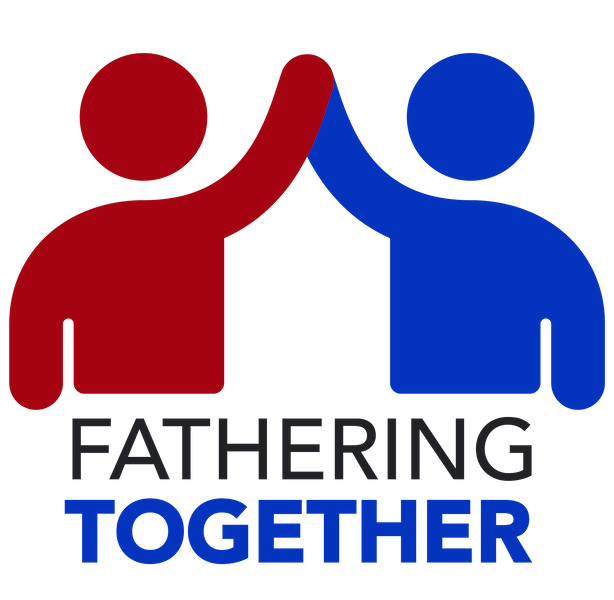
The greatest tool you can use to help your children grow is something they can’t cram for to pass a standardized test. It’s creativity.
Creativity affects the way we learn and grow. It can be applied to any subject and teaches us that, even within rigid structures, you can find freedom of movement to make something new. And creativity is heavily employed and deepened in others by exposure to art, music and literature — the fine arts.
Show children a painting and ask them to tell you what it is about. No two kids will have the same reaction. You may be surprised at their interpretations because children are not bound by adult knowledge of the world. As Picasso once said, “It took me four years to paint like Raphael, but a lifetime to paint like a child.”
Take your children to a play and ask them what they liked. Processing visual cues and interpreting vocals train our brains to pick up on nuances about relationships and emotion.
Have children listen to music or play an instrument and they will hear things most of us never thought possible. Brain research studies have even shown that not only does music improve skills in math and reading, but also it promotes creativity, social development, personality adjustment and self-worth.
Fine arts help student succeed elsewhere
Individual interpretation can be as varied as the snowflake patterns that fall from the sky and as vast as the molecules within and around us. Walk down the hallway of an elementary school and you’ll see students’ personalities, bursting with individuality, in their artwork. I’ve seen this in my own children I have a pile of their artwork in my office from their different stages of life: from scribbles to actual people, their perception of the world is shaped by what they see, hear, smell and touch.
Good teachers use creativity in their classrooms on a daily basis. They create lessons centered on an individual’s thought or perception of a concept. Students demonstrate this in projects and performances, critiques and discussion. Study after study shows promoting the fine arts in education helps students succeed in other subjects. In fact, students who study art are four times more likely to be recognized for academic achievement and three times more likely to be awarded for school attendance.
So we know that the arts are important but what is the first thing government regularly wants to cut when there is a budgeting issue? Programs for the arts. President Trump has requested removing most funding from four federal humanities’ agencies in 2018, similar to what he proposed last year and Congress rejected, so we can buy bigger bombs and build walls. It seems counterintuitive, doesn’t it? He wants to make America great again but in the process eliminate these programs from our children’s lives. It’s as if he sees fails to see the connection between creativity and success.
Students in high school see the value in science, math and English so much so that they believe doubling up on these subjects will make them better students. Standardized tests, though, only measure a student’s ability to complete these tasks with a certain level of aptitude. However, ask any employer what it is looking for in an employee and attention to detail and an ability to work outside of the box are must-haves.
Let’s consider the funds that the government sets aside for the fine arts to determine their worth. Federal funding for the arts and humanities rolls in around $300 million a year, while the National Science Foundation is funded around the $7 billion mark. So while people understand the need for and benefits of fine arts education, they don’t invest in it nearly as much.
How it all helps
How do we combat this violation of our need to be creative? Get our children involved in as many education programs in the fine arts as possible. Encourage them to take an art, music or theater class despite their perceptions of their strengths or weaknesses. Everyone is creative in their own way and kids need an outlet for it in order to grow.
The visual arts helps develop eye-hand coordination and ,because projects are often long-term, they learn how to develop something to completion, solve complex issues and tackle problems head on by thinking outside of the box.
Music teaches them focus and concentration. As with any performance, repetition and practice until a song is mastered teaches children self-discipline and promotes a passion for something people use in their daily lives.
Theater teaches social skills and interpersonal communication. Interacting with a cast and creating everything from backdrops to props to costumes means they are building an attention to detail to make their craft as realistic as possible.
Dance teaches an awareness of their body and the expression that flows through it. Dance can be interpretive or choreographed and provides opportunities for a declaration of feelings through movement when being static just isn’t your strong suit.
Theater, movies, and the culture around fine arts permeate everything in our culture that we value. Actors and actresses, artists and musicians claim high praise in our hearts and minds. Music, art, dance, and theater represent our past, present, and future: they remind us of moments in our lives and activate our memories.
So how do we encourage our children to follow the creative path? We become their agents, their coaches, their mentors and their muses. No uttered word should be ignored. No sour note left unheard. No scribble considered insignificant. For a child, exploration through the fine arts will open doors that may have been previously shut or, most likely, unseen. We owe it to our children to let them open those doors and explore what’s beyond them by keeping the arts alive.
A version of this first appeared on DadNCharge.

Leave a Reply